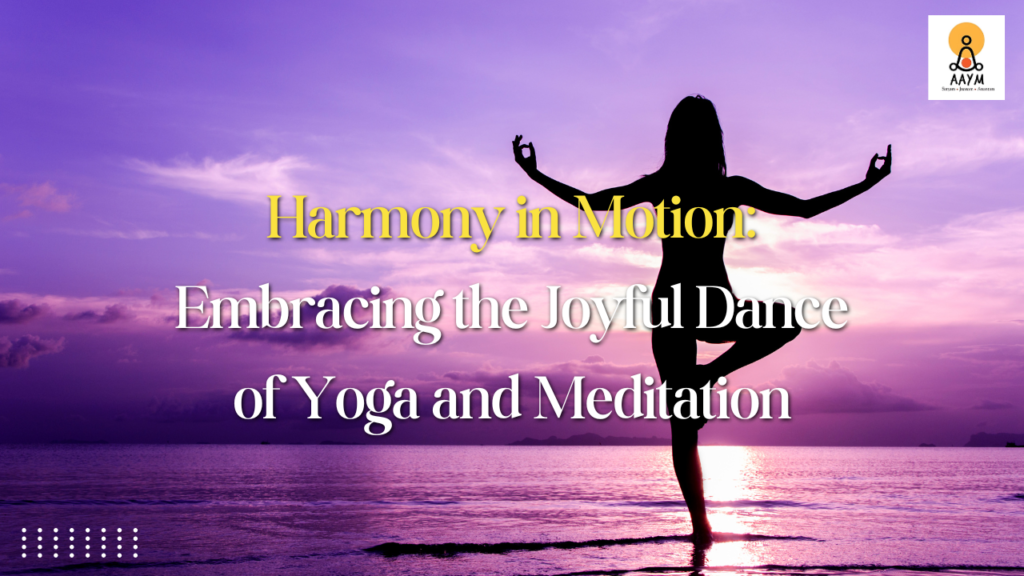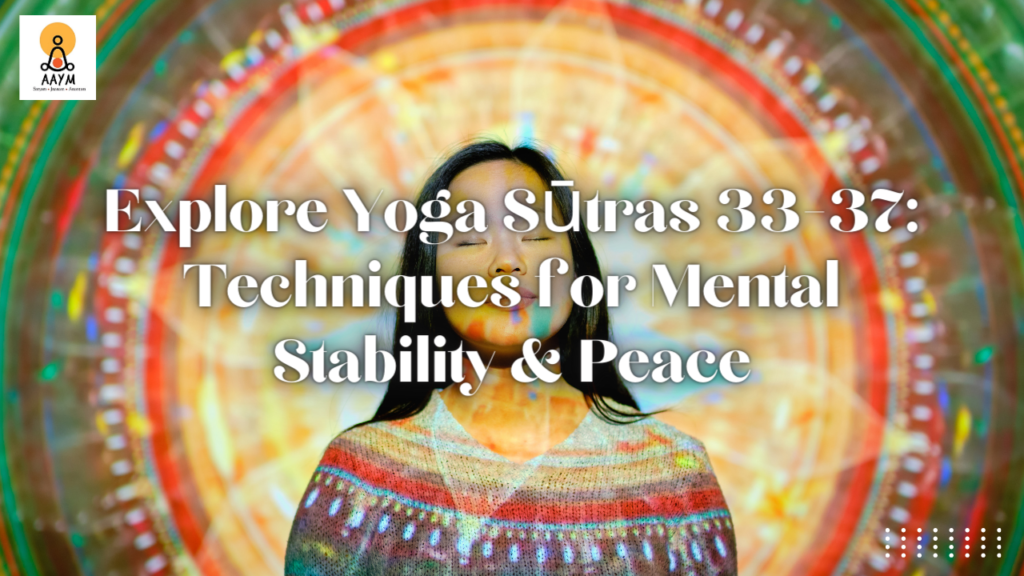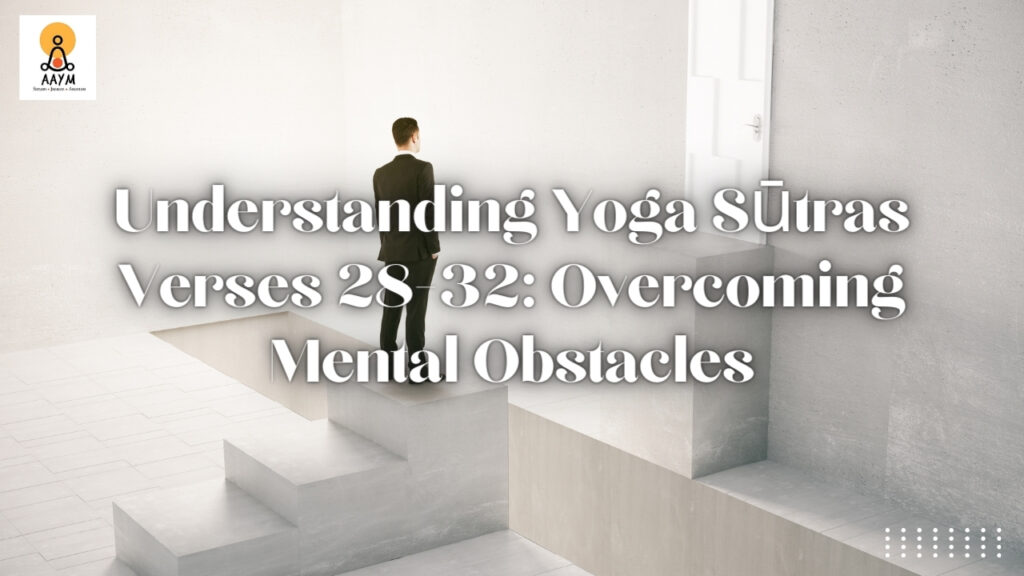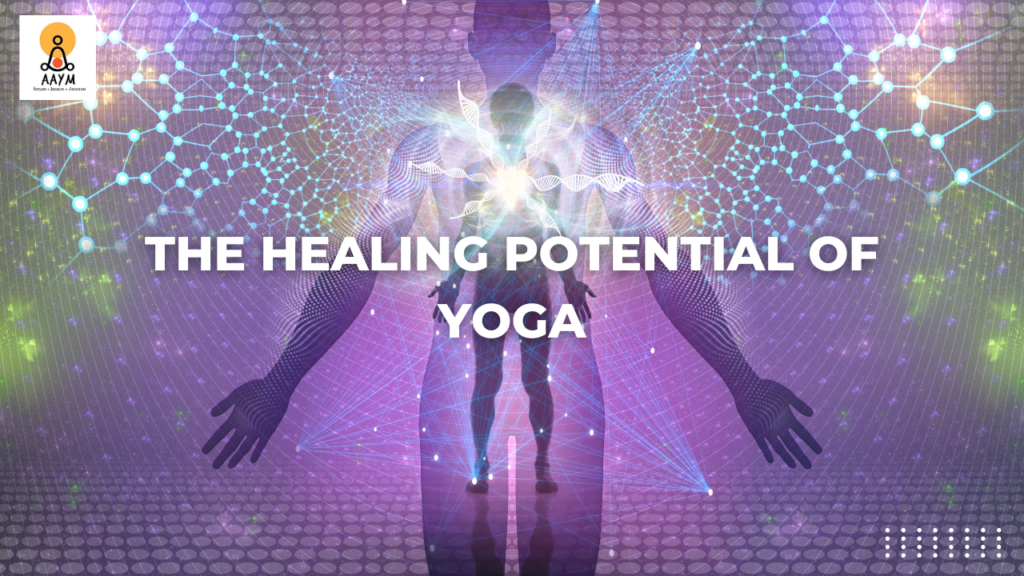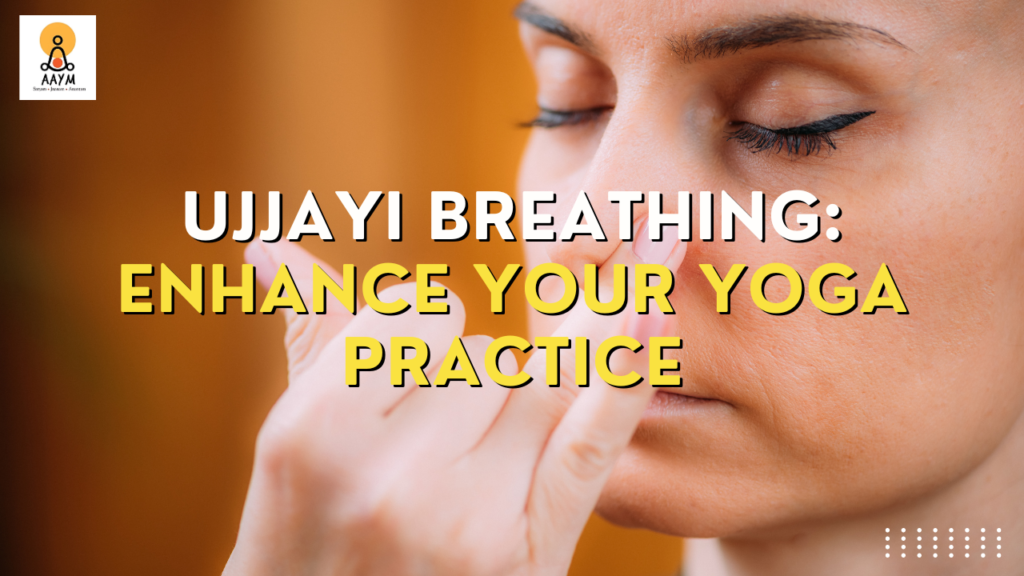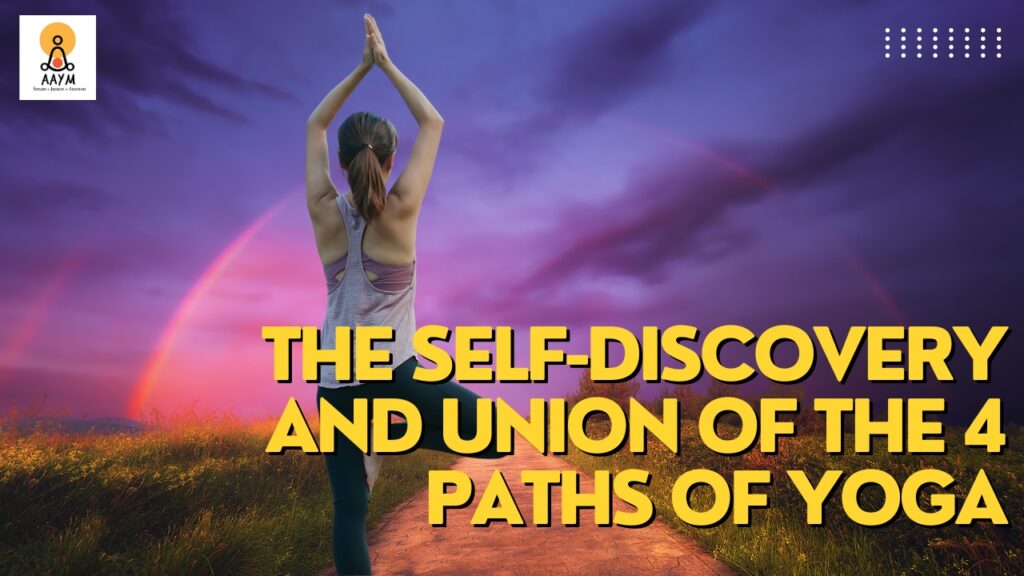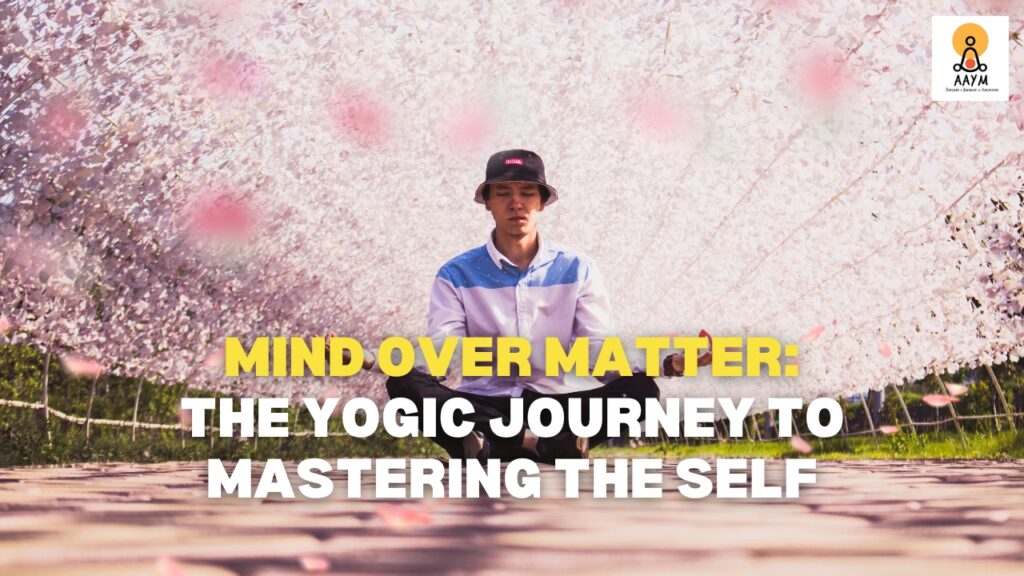The Power of Omega-3 Fatty Acids: Brain Health and Beyond
Few nutrients stand out as prominently in the intricate tapestry of human health as omega-3 fatty acids. These essential fatty acids, notably docosahexaenoic acid (DHA) and eicosapentaenoic acid (EPA), wield profound influence over our brain’s health and function. Join us on a journey through the fascinating world of omega-3s as we explore their role in brain development, cognitive function, and mental well-being. The Magnificent Omega-3s Imagine omega-3 fatty acids as the architects of our brain’s structural integrity. DHA, EPA, and alpha-linolenic acid (ALA) are the building blocks, each with a unique contribution to our brain’s health. DHA, comprising a hefty 40% of brain fatty acids, is the superstar, playing a crucial role in cognitive growth and visual acuity. Nourishing the Brain: Omega-3s and Neuroprotection: Picture your brain as a bustling metropolis, with omega-3s as its vigilant guardians. These fatty acids maintain the city’s infrastructure, ensuring smooth communication between neurons and safeguarding against threats. In times of stress, omega-3s step up to the plate, reducing inflammation and preserving precious brain cells. From Womb to Wisdom: Omega-3s in Development and Aging: The journey of omega-3s begins even before we take our first breath. During pregnancy and infancy, these fatty acids orchestrate a symphony of brain development, laying the foundation for a lifetime of cognitive prowess. Omega-3s play a vital role as we age, protecting against age-related cognitive decline and keeping our minds sharp. The Brain-Boosting Benefits of Omega-3 Supplements: Enter the world of omega-3 supplements, where a daily dose of fish oil can supercharge your brain’s performance. Research suggests that omega-3 supplementation may enhance memory, learning, and mood. Pregnant women who incorporate fish oil into their diets may give their children a cognitive head start. Omega-3s and Memory Memory, the cornerstone of our cognitive abilities, receives a significant boost from omega-3s. Studies show these fatty acids can enhance memory and learning, particularly in individuals with mild cognitive impairment. While the jury is still out on their effectiveness in Alzheimer’s disease, the evidence points to promising avenues of research. Omega-3s and Mental Health In the realm of mental health, omega-3s emerge as powerful allies. Depression, a pervasive and debilitating condition, may find relief in the form of omega-3 supplements. These fatty acids have been shown to improve depressive symptoms, offering a beacon of hope for those struggling with their mental well-being. Fish Oil Supplements: Dosage and Safety Before embarking on your omega-3 journey, it’s essential to understand the dosage and safety considerations. Recommended daily intake typically ranges from 1,000 to 2,000 mg, with higher doses beneficial for individuals with depression. When choosing fish oil supplements, opt for reputable brands and consult healthcare professionals to ensure safety, especially if you’re on other medications or planning surgery. Your Brain’s Potential with Omega-3s As we close the chapter on our exploration of omega-3 fatty acids, one thing becomes abundantly clear: these essential nutrients are vital to unlocking our brain’s full potential. Whether aiming to boost memory, elevate mood, or safeguard against cognitive decline, omega-3s offer many benefits. By incorporating omega-3-rich foods or supplements into your daily routine, you embark on a journey toward optimal brain health and mental well-being. So, dive in, embrace the power of omega-3s, and let your brain soar to new heights!


